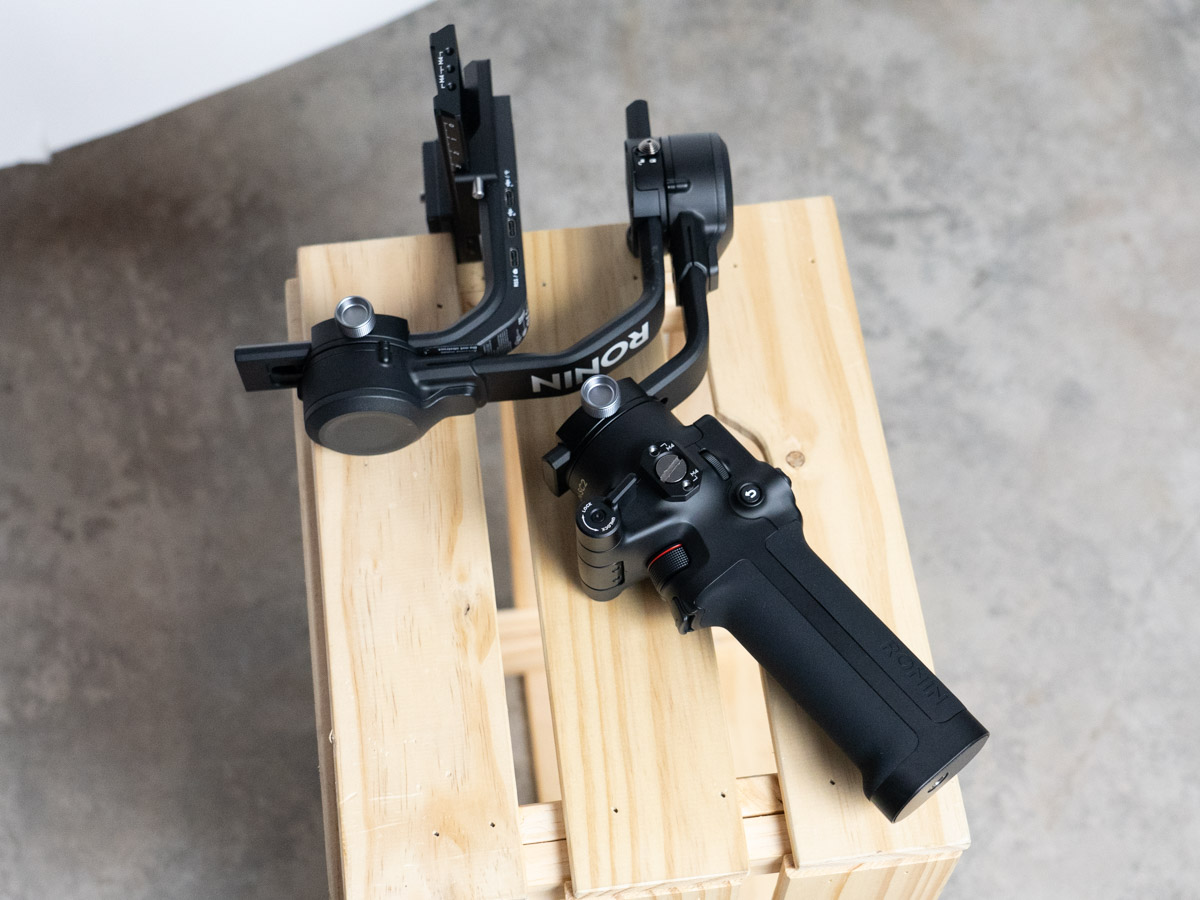
DJI has just announced the release of a brand new camera stabilizer, the RSC2, to add to an already impressive range of stabilizers. The RSC2 is set to take over from the Ronin SC as DJI’s entry-level stabilizer.
The RSC2 has a unique folding design which allows it to transform into one of six different configurations to provide a huge variety of shooting options. The RSC2 can also fold down to a very manageable size for storage, no bigger than a sheet of A5 paper. My first impressions of the RSC2 were very positive—the build quality is excellent and inspires confidence the moment you pick it up. The handgrip fits my hand beautifully, which is important because operating a stabilizer relies on a good grip. The RSC2 comes with an additional, detachable grip which you can easily and quickly screw into the bottom of the main handgrip. This additional grip also doubles as a tripod which is super handy when you’re setting up your camera on the stabilizer, or shooting a timelapse, or simply resting your arms after a long shoot.
Balancing your camera on the RSC2
The first thing you need to do before shooting with any stabilizer is mount and balance your camera. This can be a tricky process when you first start to work with any stabilizer, but the more you do it the easier it gets. One of the features of the RSC2 that I really appreciated when balancing my camera is the axis arm locks. There are three axis arms that you need to balance and each one has a lock which means that you can isolate each arm in order to balance it individually. The locks are easy to access and operate, and they come in very handy when transporting and storing the RSC2.
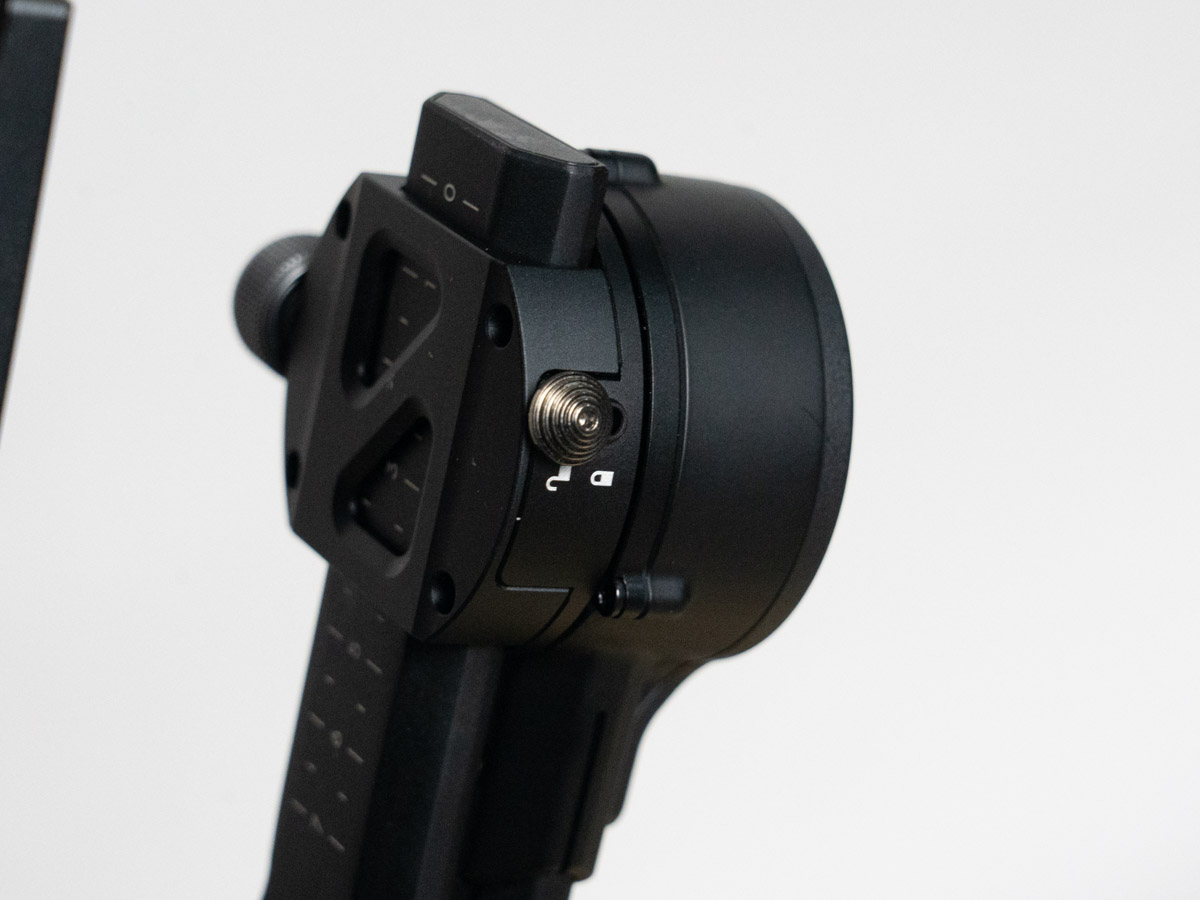
The downside of a metallic finish
One of the downsides of the RSC2 I discovered when balancing my camera is a slight stickiness that occurs when you need to reposition one of the arms by sliding it through it’s mount. And often you need to make minute adjustments which makes the issue even more obvious. The matte metallic finish looks beautiful (and photographs beautifully as you can see), but it’s not ideal for parts that need to move over each other. Maybe with use those contact points will smooth out, or perhaps there’s a suitable lubricant that could be added.
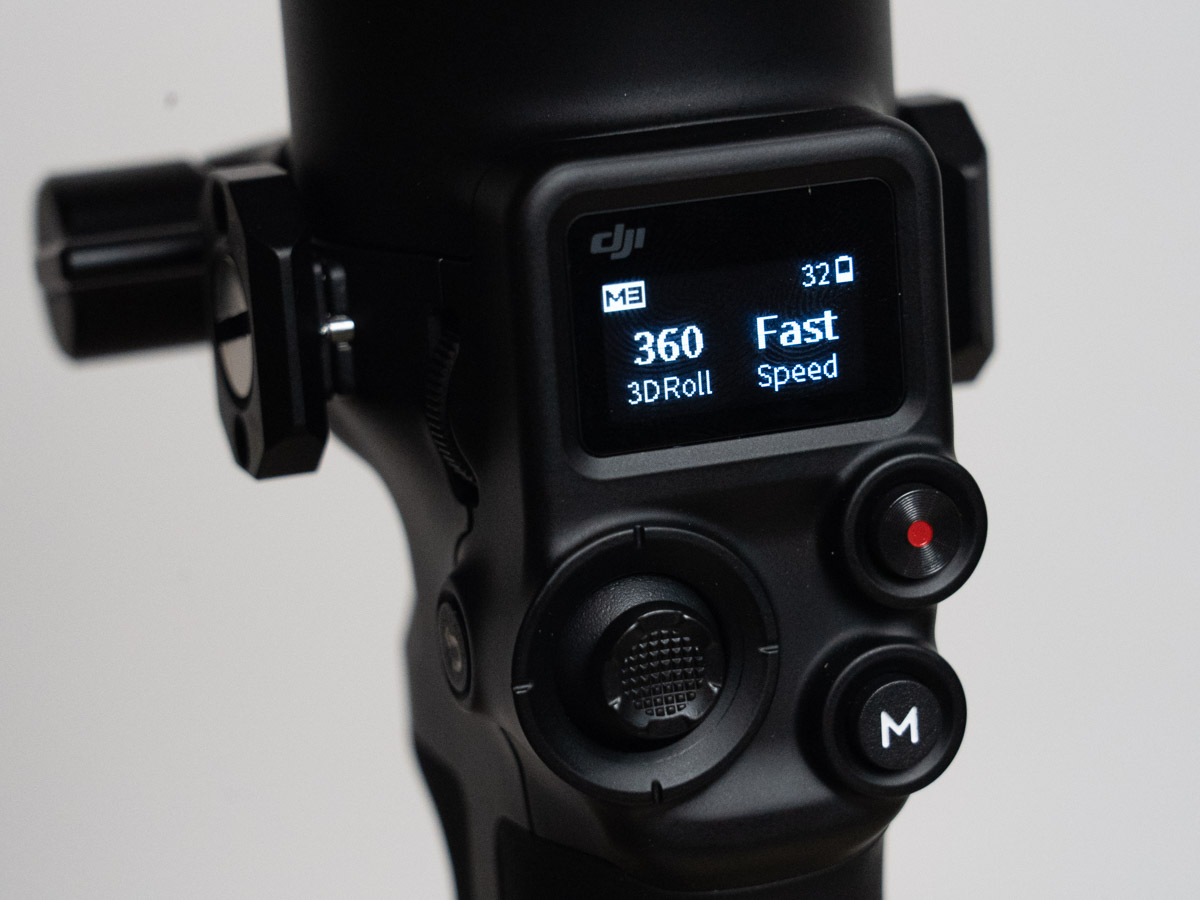
The six modes of the RSC2
As I mentioned before, the RSC2 has six different shooting configurations, which makes it an incredibly versatile stabilizer. Aside from the standard Upright mode, there is also Underslung mode which allows you to shoot close to the ground. I initially just flipped the whole unit upside down, which kind of worked, except that the footage was also upside down. I later realized that there is a way to invert the unit and keep the camera upright. From Upright mode you can move to Portrait mode with just two taps of the M button. A lot of content is being shot in portrait mode for social media nowadays so it’s great to have that option at your fingertips.
Flashlight mode is really easy to transition to, although I would definitely recommend using the additional handgrip, as two hands make this mode much easier to use. This is a great mode for shooting dolly shots where you just want to push in or pull out from your subject. You’re probably not going to shoot for an extended period in flashlight mode however, as it’s a little tough on the arms. From Flashlight mode you can to transition to 360 mode with three taps of the M button. This is kind of a headline mode that allows you to shoot super cool rotating shots. Be sure to check out the video to see it in action. The final mode is Briefcase mode, which is sort of a modified Underslung mode, and one of my favourite ways to use the RSC2. It distributes the weight of the camera plus stabilizer really nicely.
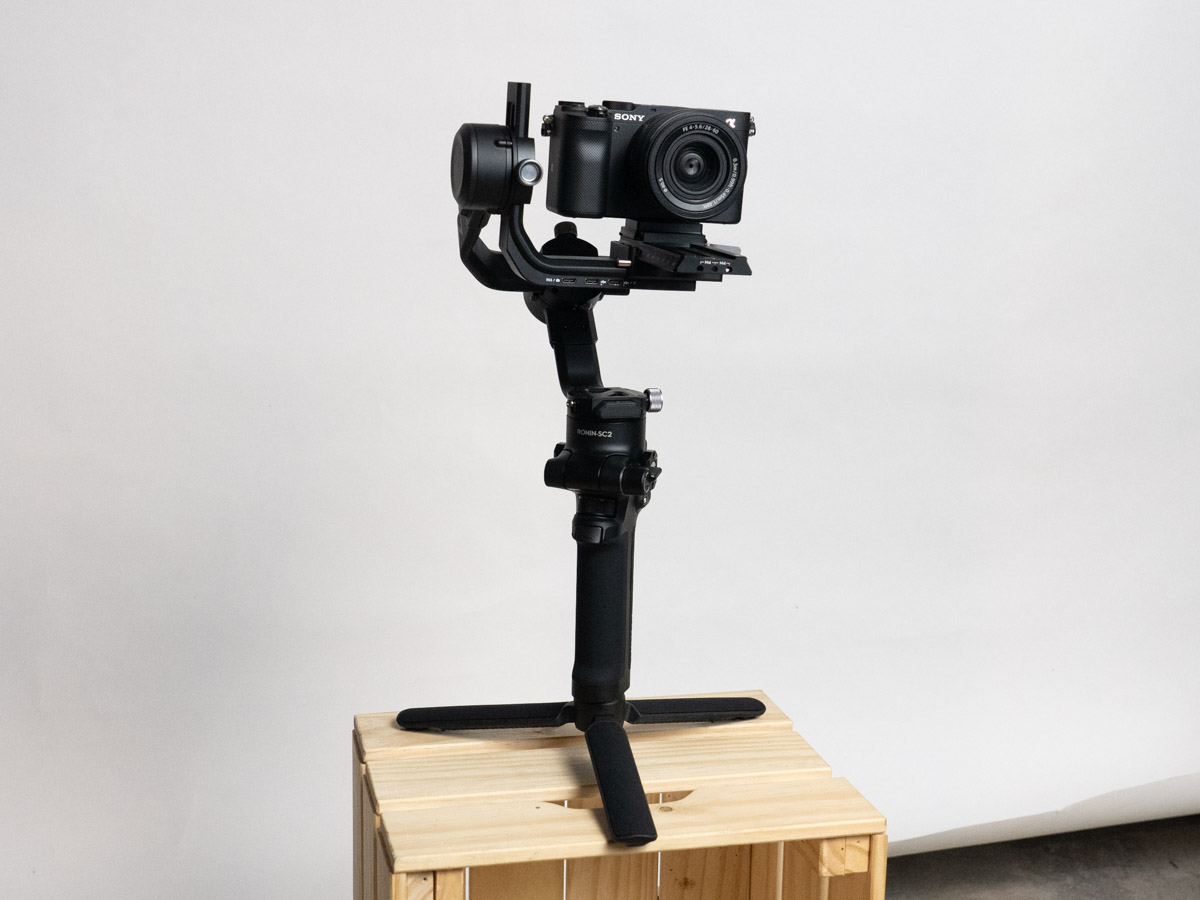
Shooting with the RSC2
Overall, I have to say that shooting with the RSC2 was very enjoyable. There are a number of controls on the handgrip of the RSC2 that give you greater control over your shots, and also ways to access your camera settings. The trigger button at the front of the handgrip is used to reset the stabilizer, which invariably goes off-kilter from time to time. Two taps and it re-centers with a really satisfying movement. There is also a dial on the front which allows you to control your exposure (via the ISO setting), or pull focus if you have the focus motor accessory (sold separately). I was testing the RSC2 with the brand new Sony A7C, which isn’t supported yet, so I wasn’t able to connect it and take advantage of the onboard controls, which include a record button. I could use the joystick however, which allows you to pan and tilt your camera independently of your hand movements. This is a great way to get more dynamic shots, for example by walking and panning or tilting at the same time. It can be a little tricky to get this just right, as the speed of the pan or tilt varies based on the extent to which you move the joystick. You can change this, and a number of other parameters, in the settings, which allows you to fine tune the way the stabilizer responds.
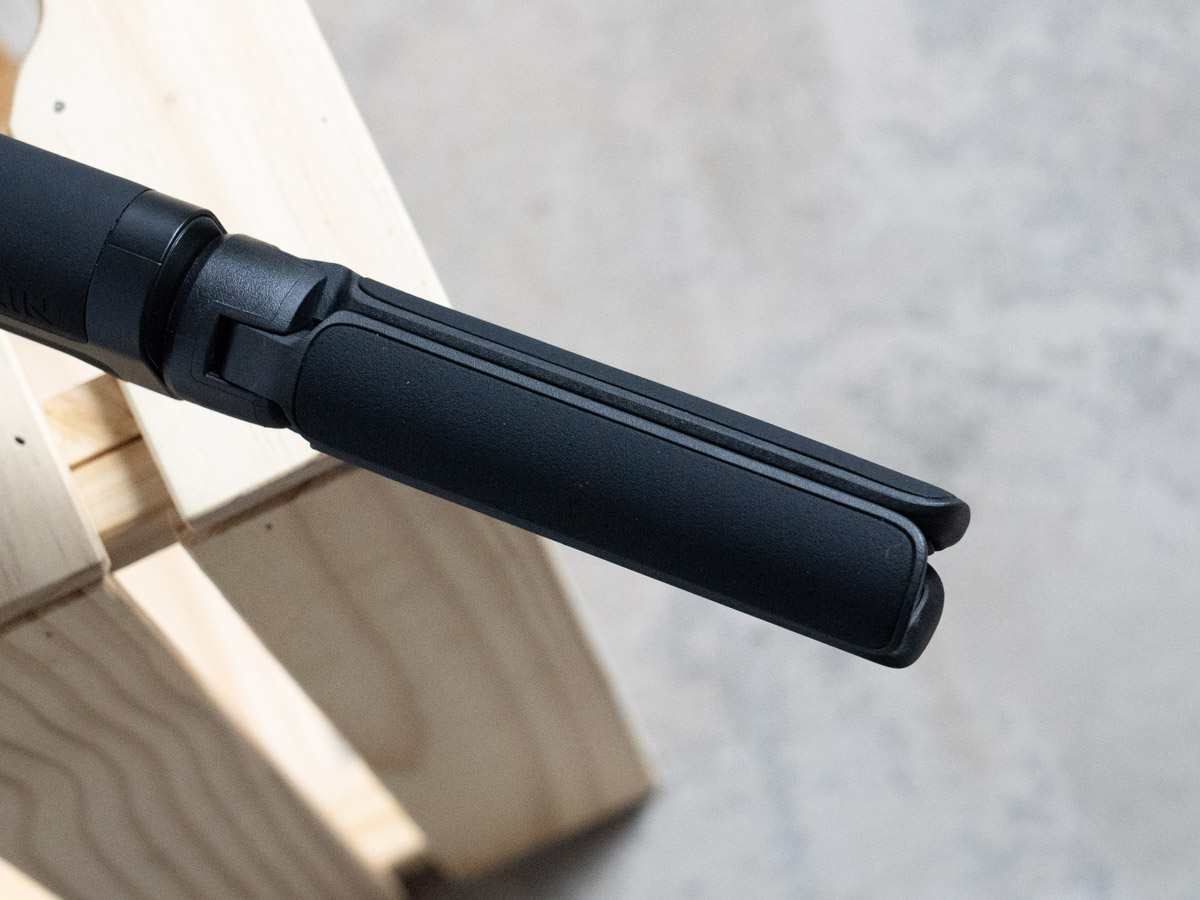
Conclusion
I really, really enjoyed shooting with the RSC2 Camera Gimbal Stabilizer. I found the build quality and overall handling to be excellent. It is pretty intuitive to use, although I have to say that struggled to find good, concise instructions from DJI. The RSC2 is one of those review items that I wanted to spend much more time playing with, and it was with a tinge of regret that I passed it on to the next lucky soul to review.




6 configurations!!
The 6 configurations
DJI RSC 2 Camera Gimbal Stabilizer.
I like that it features 6 configurations for flexible shooting and can be folded for easy transportation. My favourite DJI product is the DJI RSC 2 Camera Gimbal Stabilizer.
I love that it has six configurations and my favourite product is their DJI Mini 2 Quadcopter!
The DJI Mini 2 Quadcopter is on my xmas wish list. The DJI Ronin RSC2 would be a perfect addition to the podcast studio!
i like that you can use it with your phone and the DJI Mini 2 Quadcopter is my favourite
I love the 6 configurations for flexible shooting. My favourite product is the DJI RS 2 Pro Combo.
I like the RSC2 stabilizer that has six configurations and I’d like the DJI mini quad copter.
I ove the 6 configurations on the RSC2 Stabilizer! The stability feature looks awesome. I love the DJI Mavic Air 2 Quadcopter Drone!
Magic 2 Pro Drone and the Mini 2 Quadcopter
I like the DJI Magic 2 Pro Drone and DJI Pocket 2 HD Action Camera
I like the DJI Magic 2 Pro Drone and the Mini 2 Quadcopter
OLED screen control is great and I like the DJI drones
6 configurations for flexible shooting is great – I’ll pick the drone
The six shooting configurations is awesome! I like the DJI Pocket 2 HD Action Camera!
It great that RSC2 stabilizer has 6 different shooting configurations.
The Phantom 3 professional quadcopter with 4K camera and 3-axis gimbal is tops too.
Looks so sleek!
The axis arm locks, and I like the DJI Pocket 2 HD Action Camera – Black.
The six shooting configurations and the easy axis locks. The DJI Magic 2 Pro Drone.
The axis arm locks are easy to access and operate. Any DJI quad copter.
I love how it allows you to push your videography further with it’s six shooting configurations. My favourite product is the new DJI Mavic Mini 2 drone. Cheers!
I like the additional detachable grip and the axis arm locks. My favourite is the DJI Ronin-S DSLR Camera Gimbal Stabilizer.
The OLED Screen control and the mini drone
The OLED Screen that helps you to control it and the mini drone
I love that the RSC2 Stabilizer has six different shooting configurations.
The Phantom 3 professional quadcopter with 4K camera and 3-axis gimbal is my favourite product from DJI so far.
DJI RSC2 stabilizer has six configurations and flashlight mode on the stabilizer and I like the mini drone
I like the OLED screen that helps you to control it.
I like that the new DJI RSC2 stabilizer has six configurations for shooting. I like the DJI Mini 2.
I like that the gimbal features 6 configurations for flexible shooting.
The fact the RSC2 has its own PLED screen is great!
I also like the DJI Magic 2 Pro Drone
I like that it is lightweight making it easy to pivot around when taking difficult shots. I would love to one day own a Mini 2 Quadcopter Drone from DJI.
The RSC2 is my favourite product, and I like that it has six shooting modes.
I like how there are six modes.
I like the build quality of the RSC2 Stabilizer – the tougher the better. My favourite now is the new DJI Mini 2 Quadcopter.
What I love about the RSC2 Stabilizer is the foldable, lightweight design.
My favourite DJI product is Mini 2 Quadcopter Drone
I like that it has 6 shooting configurations to provide a variety of options.
six different configurations for shooting options makes this a game changer and I think my fav is the DJI Mini 2 Drone
The design gives us six different configurations – perfect for these little arms that like things compact!! I’d love the DJI RS 2 Pro Combo!!
I like that the RSC2 has 6 configurations for shooting which would handle anything I would need
I like the DJI RSC2 Stabilizer it has a great built quality and quality stabilizer
I could really use a gimble for my dslr so I could get less shaky video caused by my muscle disorder.
I like is the Ronin RavenEye image transmission system and I like the drones
I like the flashlight mode on the stabilizer. I like the mini drone
I like the the RSC2 has six different shooting configurations and my favorite products are their drones.
features 6 configurations for flexible shooting and the favorite DJI product is the mini 2 Quadcopter
The best feature I like is the Ronin RavenEye image transmission system and focus control system allow precise focus and camera control
What I like about the RSC2 Stabilizer is that it features 6 configurations for flexible shooting and can be folded for easy transportation.
Like how it stabilize my shakey hands when zooming and the DJI drones are so cool.
Everything about Justin’s review for the RSC2 Camera Gimbal Stabilizer makes me want to get one! Even the negative points are surmountable. The RSC2 Camera Gimbal Stabilizer is the product I would like. Since I’ve never used a stabilizer, I think an entry level one is best to start with.
I really like how professional the stabilizer looks! My favourite DJI product is the Mini 2 Quadcopter.
Comments are closed.